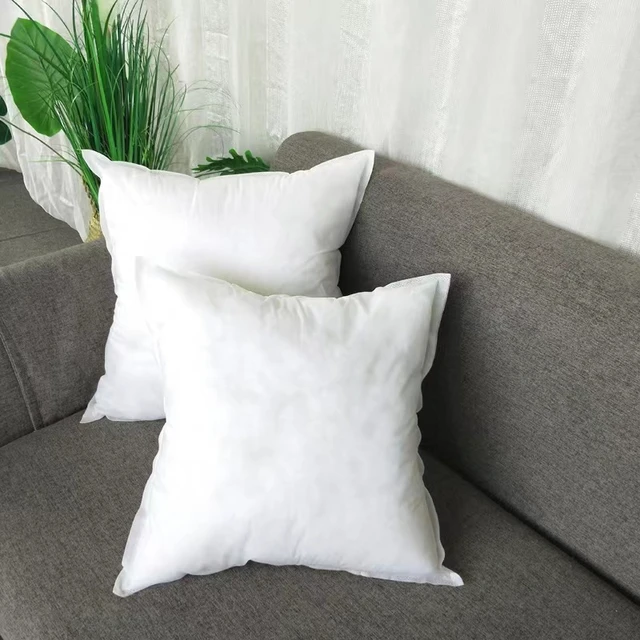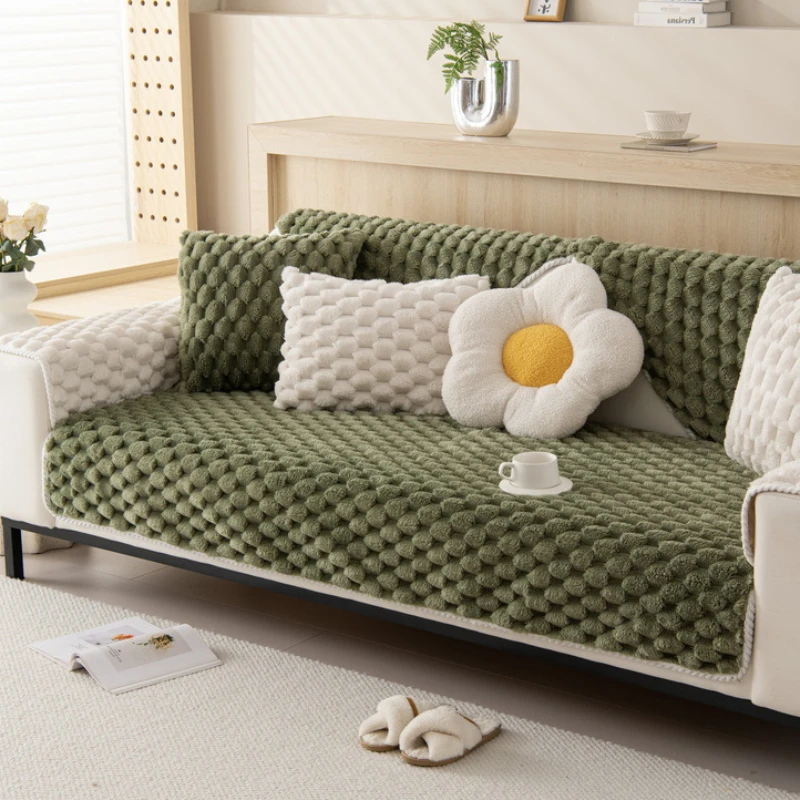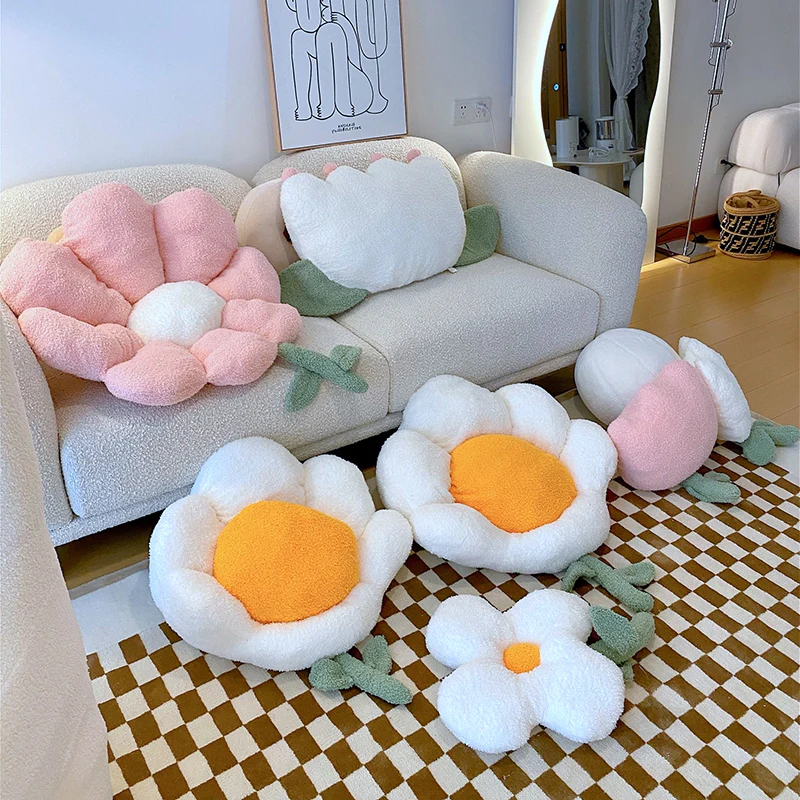 Introduction:
Introduction:
Over time, couch cushions can lose their shape, firmness, and overall comfort. However, there is a simple solution to revive your couch and restore its original comfort – refill the cushions. By replacing the filling material, you can bring back the support and plushness of your couch cushions. In this article, we will explore the benefits, methods, and considerations involved in refilling couch cushions, highlighting how this process can breathe new life into your beloved furniture.
Some common material and type:
When it comes to refilling couch cushions, there are various materials, types, and styles to consider. The choice of material depends on personal preference, desired comfort level, and budget. Here are some common options:
Material:
Foam: Foam is a popular choice for cushion filling due to its resilience and durability. It comes in different densities and firmness levels, allowing you to select the one that suits your comfort preferences. High-density foam provides firmer support, while low-density foam offers a softer feel.
Polyester Fiberfill: Polyester fiberfill is a synthetic material that is lightweight and provides a plush and fluffy feel. It is often used for adding extra loft and softness to cushions. Polyester fiberfill is hypoallergenic and retains its shape well over time.
Down Feather: Down feathers provide a luxurious and soft cushion filling. They offer a plush and cozy feel, perfect for those who prefer a sink-in and luxurious seating experience. However, down feathers require regular fluffing to maintain their loft and can be more expensive compared to other filling options.
Batting: Batting is a material made from layers of polyester or cotton fibers. It is commonly used to wrap around foam cushions to provide additional softness and comfort. Batting can help smooth out any lumps or bumps in the cushion and add a touch of plushness.
Memory Foam: Memory foam, also known as viscoelastic foam, is known for its ability to contour and mold to the body’s shape. It offers excellent support and pressure relief. Memory foam cushions are especially beneficial for individuals with specific ergonomic or orthopedic needs.
Style:
In terms of cushion styles, there are a few options to consider:
Solid Core: These cushions have a solid block of filling material, such as foam, which provides consistent support and shape.
Channelled Cushions: These cushions have channels or compartments that help distribute the filling material evenly, preventing it from shifting or clumping.
Box Cushions: Box cushions have a box-like structure with defined edges. They are often used for a more tailored and structured look.
Loose Fill: Some cushions may have loose fillings, such as polyester fiberfill or down feathers. These fillings offer a softer and more relaxed look and feel.
Ultimately, the choice of material and style for refilling couch cushions depends on personal preferences, desired comfort level, and the specific requirements of your furniture. Consider factors such as durability, maintenance, and the overall design aesthetic of your couch when making a decision.
The Benefits of Refilling Couch Cushions:
Restored Comfort: Refilling couch cushions helps to restore their original comfort, ensuring a pleasant seating experience for you and your family.
Enhanced Support: As cushions age, they may lose their supportive quality. Refilling them can provide the necessary support for proper posture and sitting comfort.
Cost-Effective Solution: Refilling couch cushions is a cost-effective alternative to purchasing new furniture. It allows you to extend the lifespan of your couch and save money in the long run.
Methods for Refilling Couch Cushions:
Foam Replacement: One common method is to replace the foam inside the cushions. Measure the dimensions of your cushions and purchase high-quality foam that matches the size and density of the original foam.
Adding Fiberfill or Batting: Another option is to add fiberfill or batting to existing cushions. This material can be layered on top of the existing filling to provide extra plumpness and support.
Combination Approach: You can also combine foam replacement with additional fiberfill or batting for optimal comfort and support. This approach is especially beneficial for older cushions that have significantly lost their original shape.
Considerations for Refilling Couch Cushions:
Cushion Size and Shape: Measure the dimensions of your couch cushions accurately to ensure that you purchase the appropriate amount of filling material. Consider any unique shapes or contours that may require specific filling techniques.
Filling Material Selection: Choose the filling material that best suits your needs and preferences. Foam provides firmness and support, while fiberfill or batting offers a soft and plush feel. Consider the density, durability, and hypoallergenic properties of the filling material.
Zipper or Opening Accessibility: Assess how easy it is to access the cushion covers. If there are zippers or openings, you can remove the old filling and replace it easily. If not, you may need to consider stitching or sewing techniques to refill the cushions.
Maintenance and Care: While refilling couch cushions improves their comfort and support, it is essential to maintain and care for them properly. Regularly fluff and rotate the cushions to distribute wear evenly. Follow the manufacturer’s instructions for cleaning and care to extend the lifespan of your cushions.
DIY vs. Professional Service:
DIY Refilling:
Refilling couch cushions can be a DIY project for those with some sewing and upholstery skills. It allows you to control the process and customize the filling materials. Ensure you have the necessary tools and materials, and follow tutorials or guides for proper techniques.
Professional Service:
If you lack the time, skills, or confidence to refill the cushions yourself, consider hiring a professional upholstery service. They have the expertise, tools, and materials to ensure a seamless and professional result.
Conclusion:
Refilling couch cushions is a practical and cost-effective way to restore the comfort and support of your furniture. Whether you choose to replace the foam, add fiberfill, or combine different filling materials, the process can revive your couch and prolong its lifespan. Consider the size and shape of your cushions, select the appropriate filling material, and decide whether to pursue the project as a DIY endeavor or enlist professional assistance. By refilling couch cushions, you can once again enjoy a comfortable and inviting seating experience in your home.






